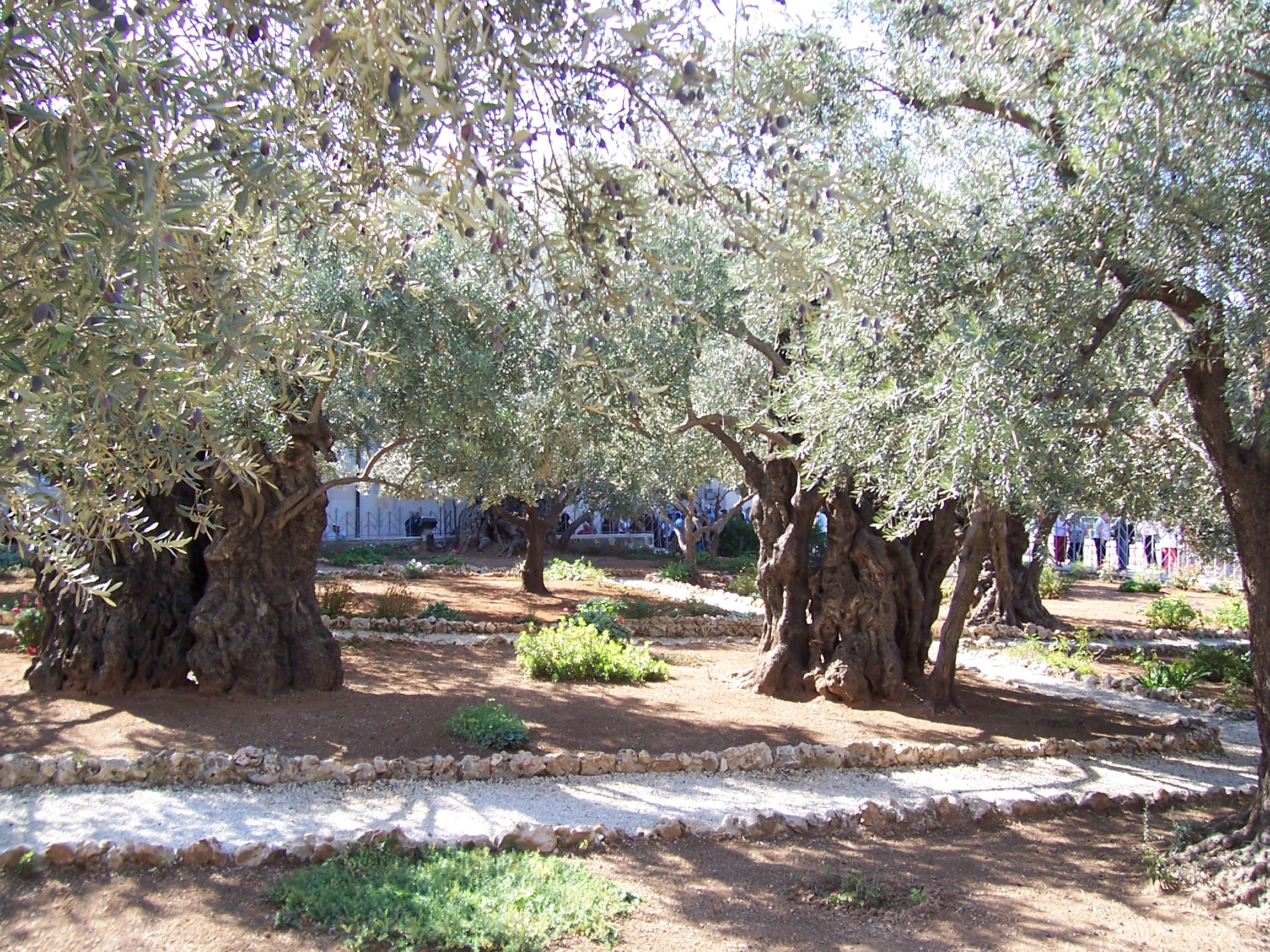



In considering contrasts associated with Jesus' life it is perhaps easiest to think of his teachings, miracles or other actions. Other contrasts include those physical and geographical - the different landscapes across which Jesus ministry occurred. Here is a sampling of four: the Sea of Galilee at night, Israel's vacation land (even then of) Caesarea Phillippi, and the temple mount in Jerusalem (now occupied by the Dome of the Rock), and the Garden of Gethsemane.
Yes, this may be tedious, but definitely rewarding and theologically impactful. For a free copy of the 200+ page manuscript Contrasting Accounts of Jesus (including observations and implications), or check th page of the Academy.
Contrasting Accounts of Jesus
Is the Jesus of Matthew the same as the Jesus portrayed in Luke? What about the gospels of Mark and John? What happens if we step outside the bounds of accepted New Testament, to include other largely contemporaneous albeit non-canonical Christian gospels? What happens when we confine our gaze to the writings of just a single author? Can the teachings and actions of Jesus be considered as internally consistent when viewed from the perspective of Matthew alone? Or Mark? Or Luke? Or John?
Rather than starting from the premise that there is a harmony inherent to the New Testament, we take the opposite tack. The hypothesis at the core of this research is that the story of Jesus is not necessarily one of consistency and harmony, but rather more an account that includes apparent contradiction and conflict.
Presented is evidence of conflicting interpretations for Jesus – organized around a series of 25 different topics.
Pages of discussion can be summarized at a glance – by the following chart illustrating the contrasting accounts of Jesus. Each characteristic is indicated as having a good fit, partial fit, or little to no fit with the New Testament and extra-canonical authors noted.
Each account is assessed based on the degree to which the characteristic expressed appears to fit (or correspond) with the account of each account. Those identified as good fit are books which appear to strongly support or endorse the concept or characteristic considered.
A partial fit is noted for books where a case can be made, but the evidence is more scant or inferential (rather than explicit). And those indicated as little or no fit indicate writings that either directly contradict or simply do not have any reference to the particular characteristic being considered.
In a few cases, question marks (?) are noted. In these situations, the text and its application are more uncertain – or may be ambivalent with opinions both pro and con expressed.
This at-a-glance chart reveals both strong similarities between some accounts of the Jesus story as well as definite differences. There is virtually no topic for which complete unanimity of opinion can be found across sources for which comparisons have been made.
